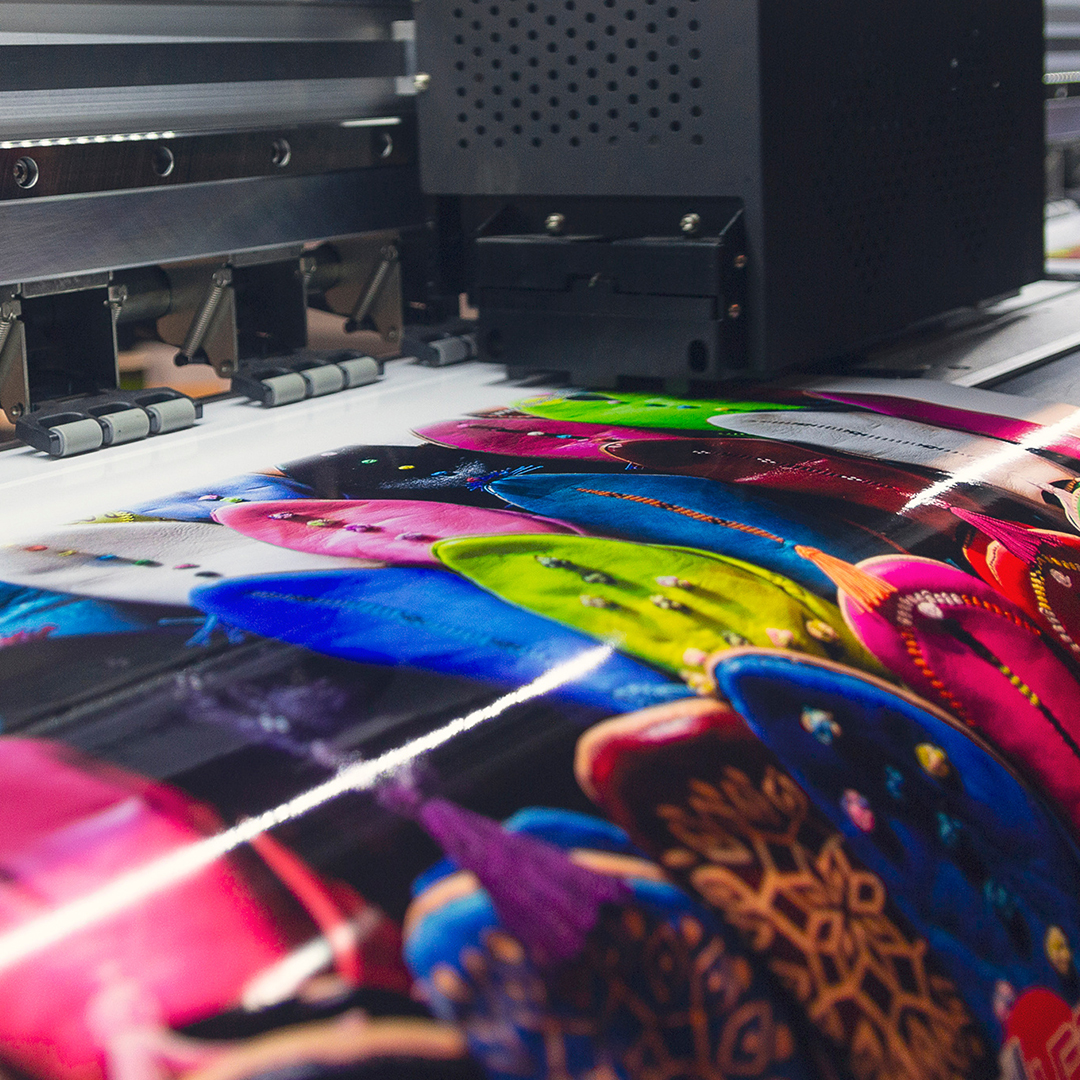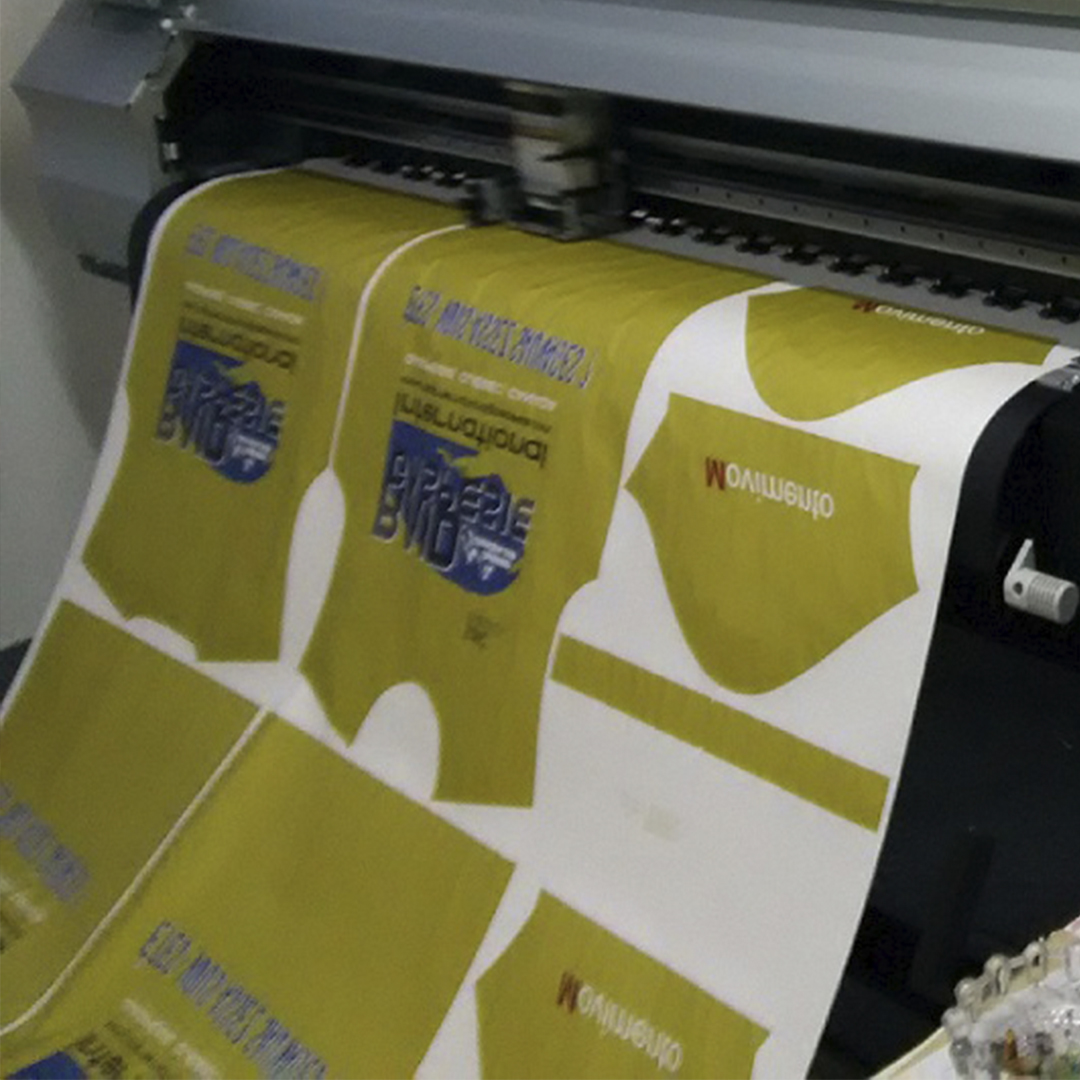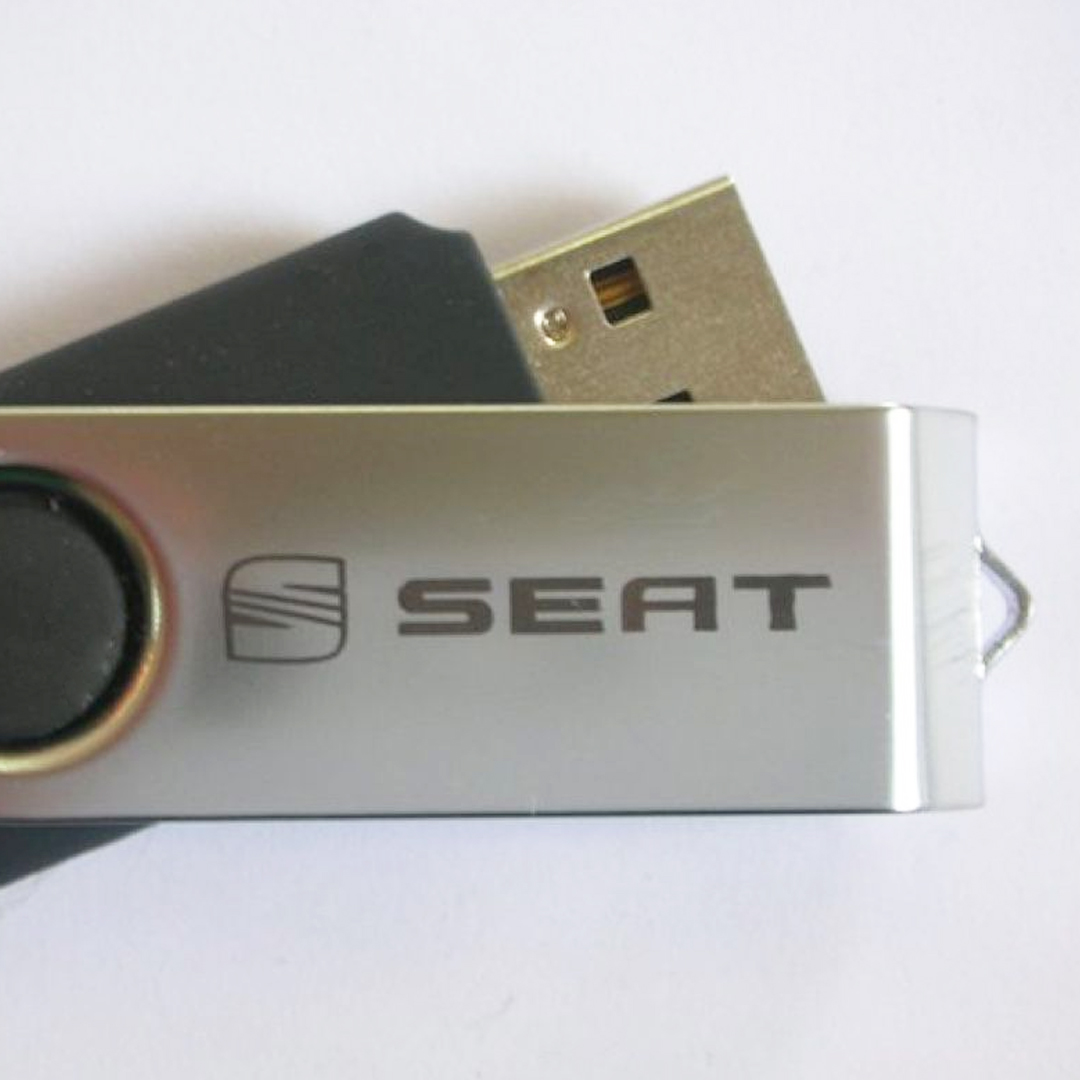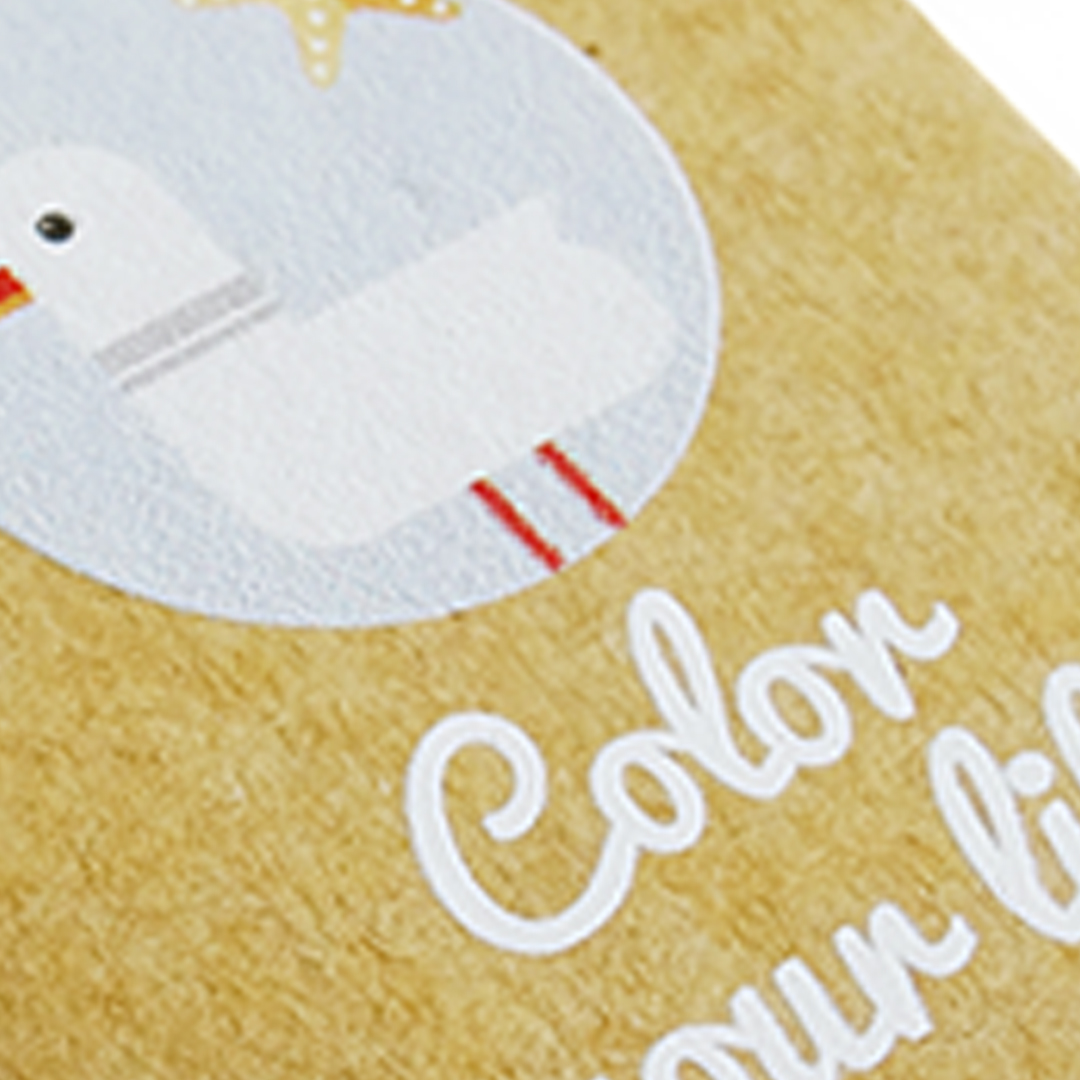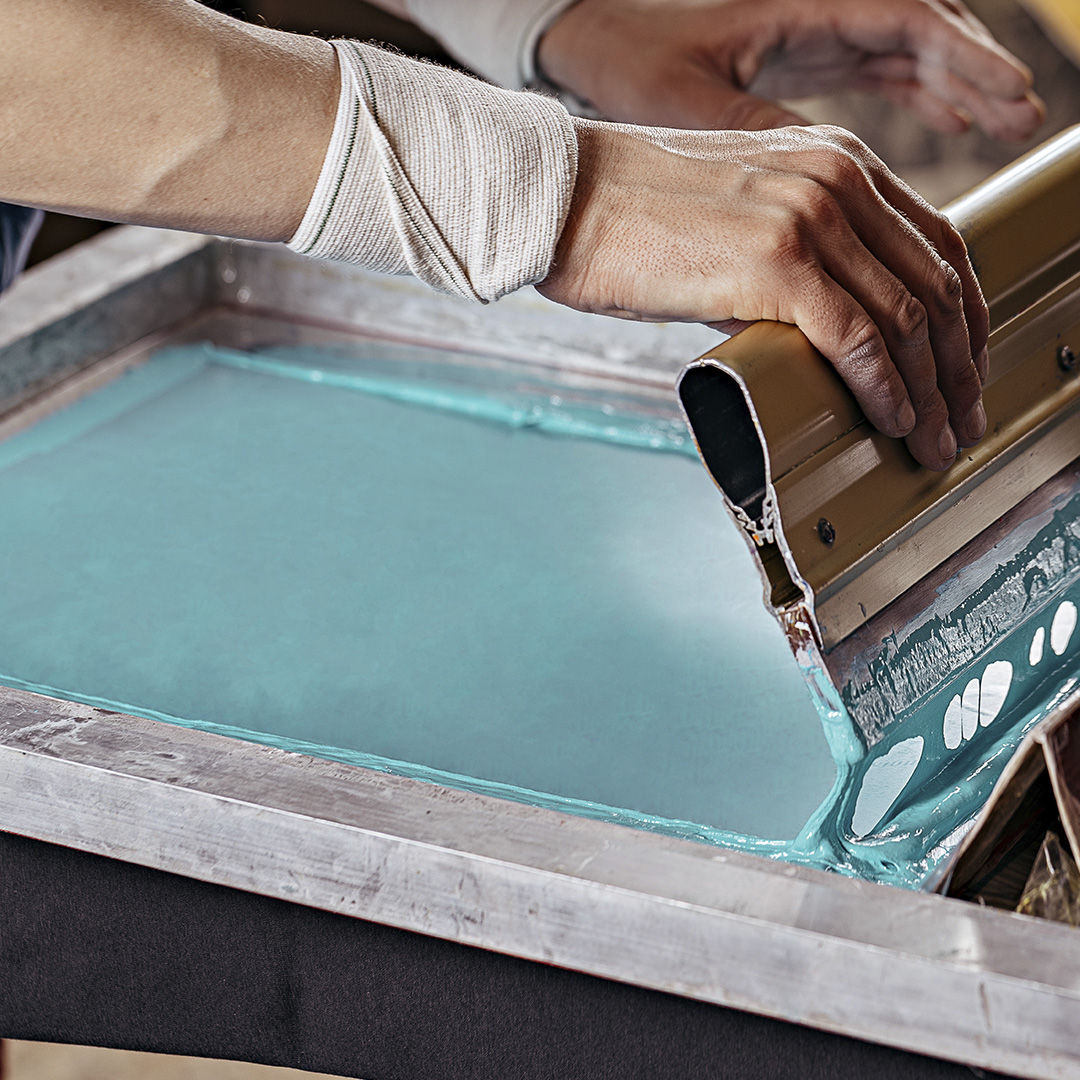Dreiser recycled stainless steel ballpoint pen. Boasting a matte metallic lacquered finish, it exudes sophistication. The 1 km of black Dokumental® ink flows smoothly (1.0mm tip), creating a seamless and sustainable writing experience. The pen comes with a cap for added protection and style. All supplied in a recycled black cardboard box.
Size:
ø1,3x13,6
Composition: Recycled Stainless Steel
Weight: 101 grams
Units per box: 100 units
Box measurements: 25 x 26 x 38 (cm)
Digital printing
Digital printing is, of all the marking techniques, the most modern. It allows printing directly onto a garment or paper using special printers. No screens or drying are required, and the results are high-quality. It allows printing full-color gradients or photographs. It is a widely used technique for labels or pins.
Digital transfer
Digital transfer is ideal for digitally marking small quantities and without color limitations. It's used on products such as document holders, backpacks, non-woven bags, cork products, and soccer balls.
Laser engraving
Laser engraving is one of the most precise and durable marking techniques available. A computer-guided laser beam is projected onto the surface of the product, creating a low-relief design. The result is sharp and elegant. The most suitable materials for this customization technique are metal, wood, or glass. This technique is commonly used on keychains, pens, and USB flash drives.
Digital UV
Digital UV printing is a digital printing technique that uses inks that dry immediately when exposed to UV light. The result is maximum definition, sharpness, quality, and durability of the marking, which is resistant to sunlight and water. It can also be combined with varnishes and white inks to achieve striking effects. This marking technique has many printing applications: aluminum, wood, glass, methacrylate, PVC, among others. It is often used in promotional gifts for pens, keychains, rulers, and notepads.
Screen Printing
Screen printing is one of the most widely used techniques, allowing printing of up to six spot colors depending on the product and providing long-lasting and reliable results. This technique is applied to smooth surfaces, achieving high-resolution images. Screen printing involves transferring the design to a screen (polyester or nylon mesh) coated with a photosensitive layer that reacts with ultraviolet light. This light hardens the areas not to be printed, allowing the design to bleed through. This technique is often used on textiles, plastics, wood, or aluminum items such as T-shirts, bags, jerry cans, notepads, backpacks, and caps.
